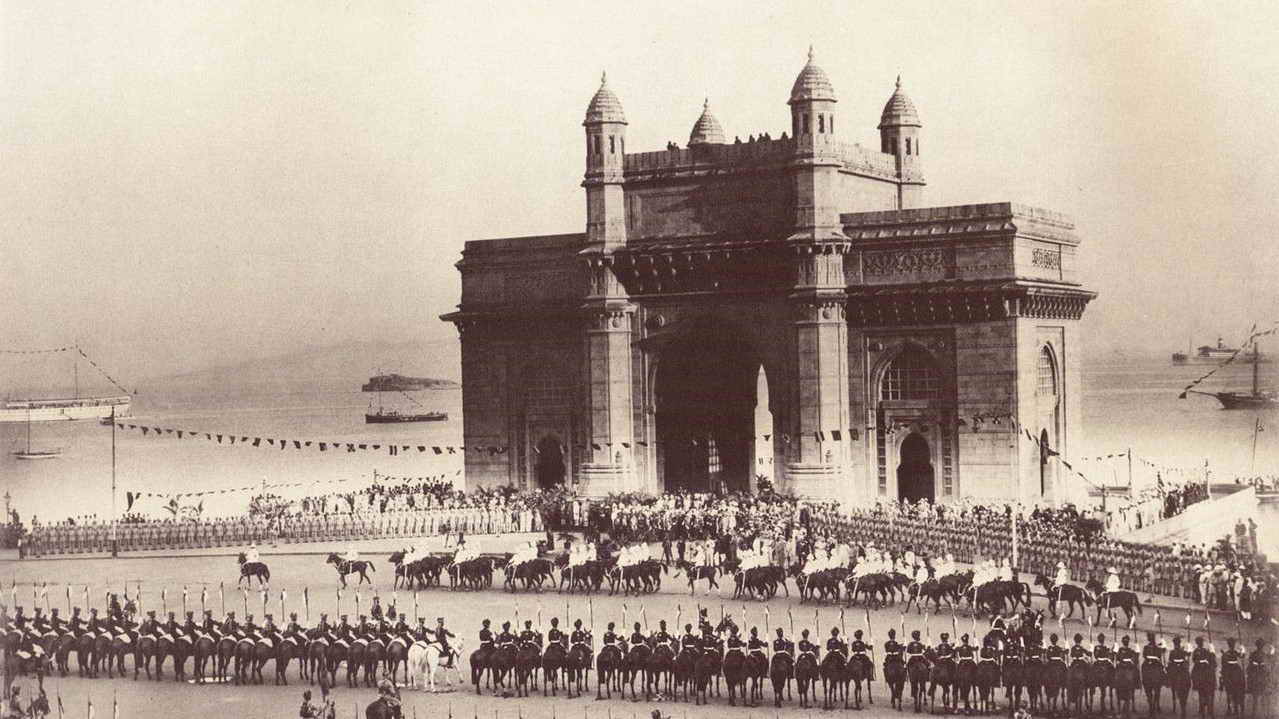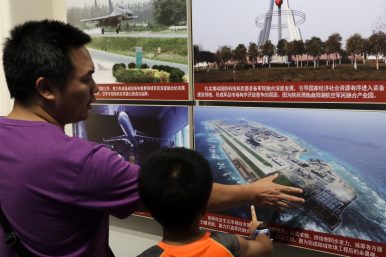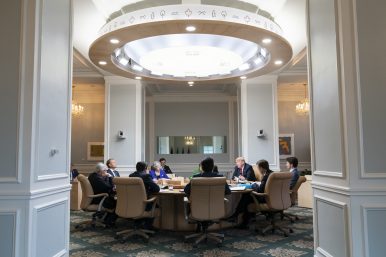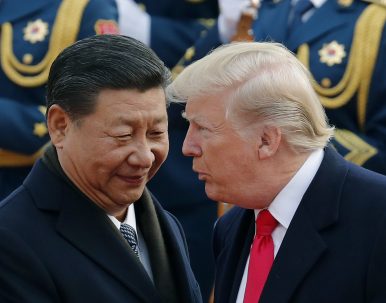By Himanil Raina
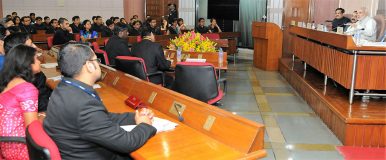 “…in no other democracy do generalists so comprehensively corner the top jobs at the higher levels of the administration. In no other modern society does a person, who got a high rank in an examination 35 years ago, automatically go on and be allotted a high-status, high-impact, and vastly important government job, based only or largely on that exam rank.”
“…in no other democracy do generalists so comprehensively corner the top jobs at the higher levels of the administration. In no other modern society does a person, who got a high rank in an examination 35 years ago, automatically go on and be allotted a high-status, high-impact, and vastly important government job, based only or largely on that exam rank.”
The Indian Civil Service functioned through most of British rule in India as the steel frame that kept the Raj aloft. Post-independence, the role of manning the most important administrative positions in both the central and state governments fell to the Indian Administrative Service (IAS). It is hard to overstate the range and degree of influence that this cadre of officials exercises in India. One hundred and eighty individuals are accepted into the IAS each year from over a million applicants following a multistage examination. While this process results in the recruitment of some incredibly bright young men and women, it has also resulted in a situation where, as one commentator observes, “a potato expert is looking after defense, a veterinary doctor is supervising engineers, and a history graduate is dictating the health policy.”

